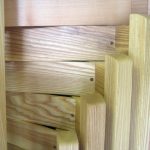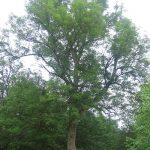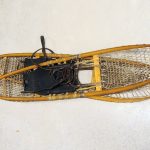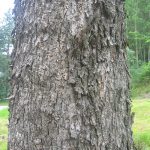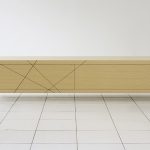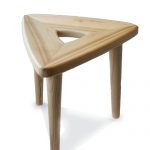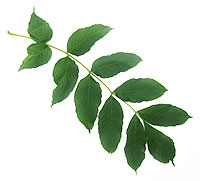
- Ask (S)
- Ash (GB)
- Gemeine Esche (D)
- Le Frêne (F)
Distribution
- Ash is a precious desiduous tree. It is one of the most demanding tree species in Finland.
- Ash grows in Europe, the Caucasus and Asia Minor.
- In Finland ash stands can only be found in the Åland Islands and the southwestern part of the country.
- Planted ashes thrive as far as central Finland.
- Two American ash species are used as decorative trees in Finland:
- F. pennsylvanica (red ash)
- F. americana (white ash)
Habitat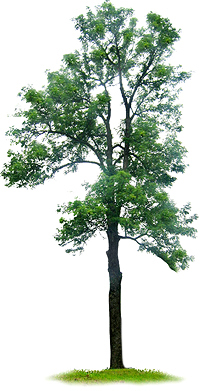
- Out of all the precious desiduous tree species in Finland, ash is the most demanding in terms of its habitat.
- In order to thrive it requires a calcareous habitat which is rich in nutrients and has enough streaming ground water. Therefore it grows on shores, by streamsides, fresh grassy woodlands and grassy hardwood swamps.
- Ash requires a lot of daylight. It withstands temperatures below zero but does not cope so well with slight frost.
- The root system is extensive, and in a moist soil the roots can be very shallow.
- The leaves of an ash resemble those of a rowan, but they are larger and lighter in colour.
Growth characteristics
- Ash is a fast-growing tree that can grow as much as 30- 40 m in height. The trunk, of especially trees growing in a forest, is tall, straight and branchless up to the height of 20 meters. Intensive thinnings help the trees grow sturdy.
- Like small-leaved limes and oaks, old ashes grow a lot in diameter.
- In best habitats (grassy woodlands) the shoots can reach the size of 60 – 80 cm in a year. Ash can grow 200 years old.
- The bark is smooth and greenish grey for approximately 50 years. Later it becomes brown or almost black, and wide cracks appear lengthwise and crosswise.
- A quality tree is limbless and has a straight trunk.
Properties of the wood
- The wood is tough, heavy and hard. It can be bended and pulled quite a lot, and it is extremely shock-proof.
- It is difficult to distinguish the heart and sapwoods. The sapwood is thick and almost white. As the tree ages, the heartwood becomes clearly distinguishable because of its grey, brownish or olive colour. The wood is patterned by varying shades of colour, and therefore it looks particularly decorative. Wave patterned ash veneer is very beautiful.
- The wood has circle vessels. Its grains are mainly thin, long and straight.
- Fresh, unchopped timber has a tendency to crack from its ends and sides, which is why it is advisable to saw the logs as soon as possible after the felling, and glue the ends.
- The wood does not usually crack as it dries. Moderate heat should be used in artificial drying, so that the drying process does not happen too quickly. The wood also shrinks to some extent when it is dried outdoors, but not as much as it shrinks in artificial drying.
- Ash is not weather resistant, so it should not be used outdoors.
- The wood is easy to debark, lathe, veneer and work with all tools. Planed surfaces have a dim shine. Surface finishing is also easy. Glues, nails and screws hold well.
- The weight of air-dry sawn timber is 550- 800 kg/m3.
- A-class wood is free of knots and rot. It is used for building furniture and boats among other things.
- B-class wood can have knots and small colour defects. It is also used for the above-mentioned products and lathing.
- C-class wood can have colour defects, rot in the heartwood and branches.
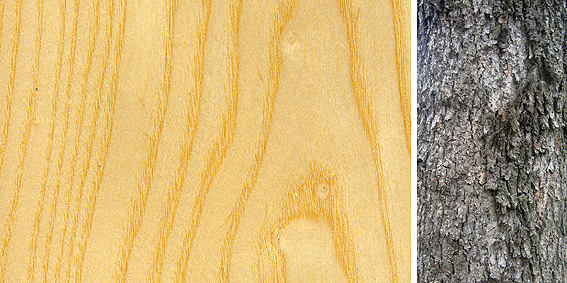
Surface treatment
The wood samples have been surface treated as such:
- Left, water-based acrylic lacquer
- Center, no treatment
- Right, two component catalystlacquer or oil
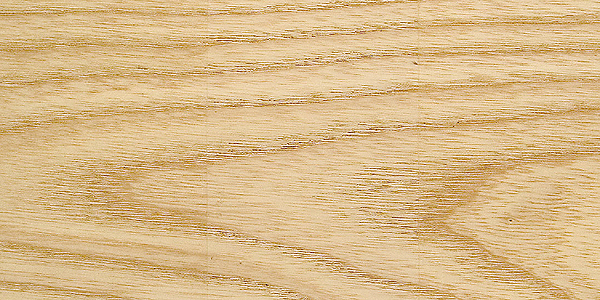
Tangential cut
Usage
- Flame pattern and colourful heartwood, that sometimes appear in ashes, are desired features of raw material for carpentry.
- Ash is excellently suitable for many uses in carpentry.
- It is suitable for sports equipment, guns, building carts and boxes, and also interior decorating, furniture, veneers etc. Especially beautiful wave patterned wood is suitable for carpentry.
